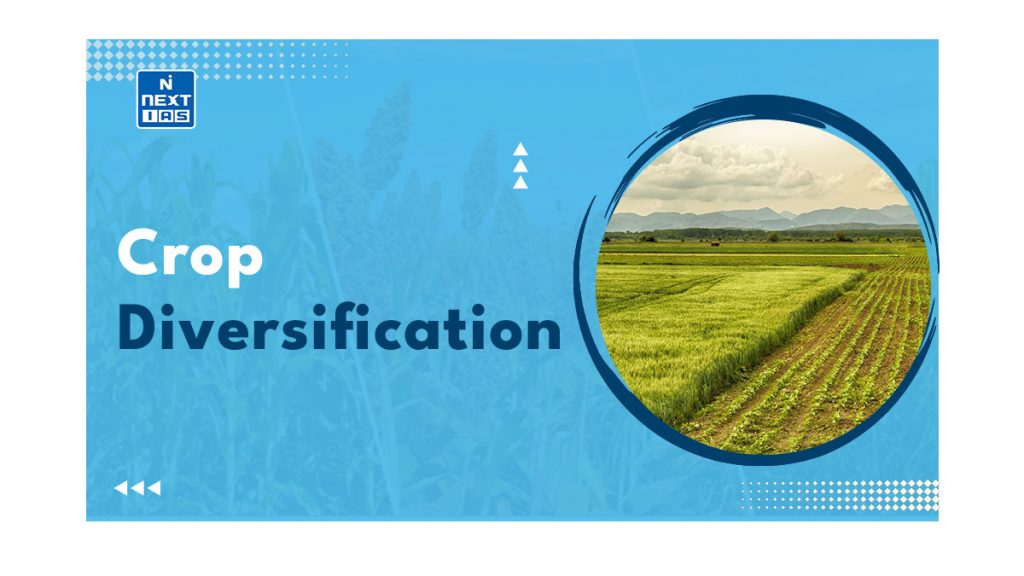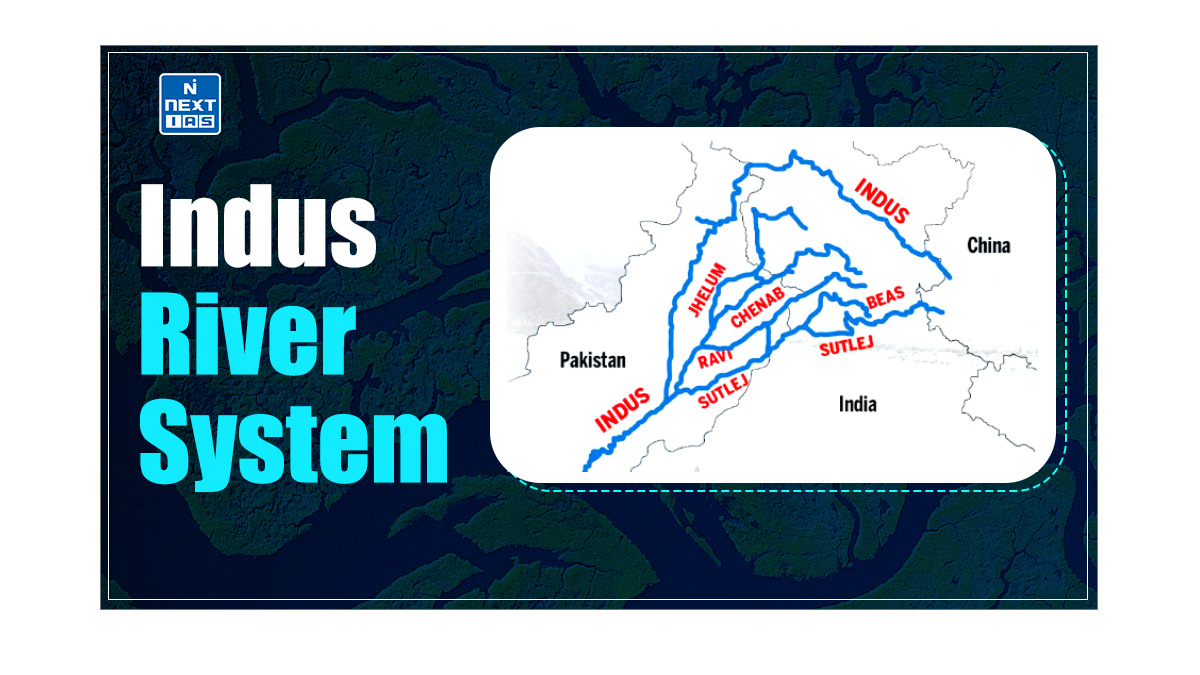
Crop diversification is intended to give a wider choice in the production of a variety of crops in a given area so as to expand production related activities on various crops and also to lessen risk. This article aims to provide a comprehensive overview of crop diversification. This can help to reduce risk, improve soil health, and increase profits.
What is Crop Diversification?
Crop diversification is the practice of growing a variety of crops on a farm. This can help to reduce risk, improve soil health, and increase profits.
There are many different ways to diversify crops, but some common methods include:
- Growing a variety of crops in the same field. This can help to reduce the risk of crop failure if one crop is affected by pests, diseases, or weather conditions.
- Rotating crops from year to year. This helps to keep the soil healthy and prevents the buildup of pests and diseases.
- Growing high-value crops. These crops can fetch a higher price on the market, which can help to increase profits.
- Integrating livestock and crops. This can help to improve soil health and provide additional income from livestock products.
How Does Crop Diversification Work?
It can benefit farmers in several ways. Currently, a large portion of global food production comes from just a few crops, which depletes biodiversity and impacts agricultural landscapes.
- By focusing on one crop, known as mono-cropping, farmers face nutrient depletion in the soil, water drainage issues, and increased reliance on synthetic fertilizers and pesticides, affecting both crop quality and consumer health.
- Moreover, mono-cropping limits farmer income increases production costs, and leaves them vulnerable to price fluctuations and climate change.
- To address these challenges, diversification of crops with traditional practices like multi-cropping and inter-cropping is essential.
Advantages of Crop Diversification
It offers several benefits to farmers.
- It helps spread the risk caused by unpredictable market prices. For example, if vegetables don’t do well in one season, income from pulses can help farmers stay afloat. And when both crops fetch good prices, earnings can be maximized.
- Climate change also poses risks to crops. Some crops may perish due to unfavorable weather, while others may be more resilient. Diversifying crops helps combat the risk of losing a whole crop due to bad weather.
- Multi-cropping and intercropping reduce the need for pesticides, chemical fertilizers, and excessive water usage, lowering overall costs for farmers. These practices also benefit the environment by maintaining soil nutrients and controlling pest attacks.
- Better Eating Habits: Consumers also play a crucial role in driving Crop Diversification. By diversifying their diets and demanding a variety of foods like millet, indigenous grains, fruits, and vegetables, consumers can encourage farmers to cultivate diverse crops, making our food more nutritious.
- Provides a Safety Net: It offers a safety net; if one crop fails to fetch a good price, income from other crops can compensate. When both crops perform well, farmers have a chance to maximize their earnings.
- Sustainable Farming: Reviving these practices can restore ecological balance, boost farmer income, and provide a more nutritious meal for consumers. It’s time to embrace it and move away from a monotonous farming approach.
It can be a win-win situation, benefiting farmers, consumers, and the environment. It provides resilience against market fluctuations and climate change while promoting sustainable and healthier farming practices.
Issues Faced by Farmers in Crop Diversification in India
It faces several challenges and issues:
- Financial Constraints: Diversifying crops may require additional investment in terms of seeds, equipment, and knowledge. Smallholder farmers, who form a significant portion of India’s farming community, may face financial limitations in adopting new practices.
- Climate Sensitivity: Climate change can pose risks to crop diversification efforts. Certain crops may be more vulnerable to extreme weather events, affecting yield and profitability.
- Limited Market Opportunities: It faces challenges due to limited market opportunities for less popular crops. Governments can help by creating strong market linkages for such crops or establishing local ecosystems for buying and selling fresh produce.
- Crop Selection and Suitability: Identifying the right combination of crops that complement each other and are suitable for the specific agro-climatic conditions of a region is essential. Inappropriate crop choices may lead to lower yields and economic losses.
- Market Volatility: Market prices for diverse crops can be volatile, making it challenging for farmers to predict and plan their income. Fluctuations in prices may affect the overall profitability of diversification.
- Farming Practices and Knowledge: Traditional farming practices and lack of exposure to modern techniques may limit the ability of farmers to successfully implement diversified cropping systems.
- Limited Market Opportunities: The demand for traditional crops is often higher, and there may be limited market linkages for lesser-known or non-staple crops. Farmers may hesitate to diversify if they are unsure about selling their produce or obtaining fair prices for new crops.
- Lack of Awareness: Many farmers may not be aware of the benefits or the appropriate crops to grow in their specific regions and climates. Lack of knowledge about suitable crop combinations and their advantages hinders adoption.
- Risk Aversion: Farmers may be risk-averse, preferring to stick to crops they are familiar with and have successfully cultivated in the past. Uncertainty about the performance and profitability of new crops can discourage diversification.
- Infrastructure and Storage Challenges: Inadequate storage and post-harvest infrastructure can lead to wastage and spoilage of diverse crops. Proper storage facilities are crucial to maintaining the quality and market value of the produce.
- Policy Support: Adequate policy support and incentives from the government are essential to encourage farmers to diversify their crops. Supportive policies can include price assurance, better market linkages, subsidies for inputs, and promoting sustainable farming practices.
Conclusion
In India, a large number of the rural population still depend on agriculture as their livelihood, which means that many people in rural India get their income from farming.
In order to double the farmers’ income, crop diversification needs to be done with the proper support from the government, FPOs, and startup sectors. With the help of diversification of crops farmers from India will have an opportunity to have better standards of living.
Frequently Asked Questions (FAQs)
What is an example of Crop Diversification?
Moving ahead, despite the challenges, crop diversification offers a chance to increase farmers’ income and ensure food security in the country. The government can play a vital role by encouraging crop diversification by purchasing crops other than wheat and rice at fair prices. This approach will also help conserve the depleted underground water resources.
Additionally, to address agricultural emissions, smarter livestock management, technology-based monitoring of fertilizer usage, and adoption of more efficient agricultural techniques can be implemented. These simple changes in field layout and practices can contribute to reducing environmental impacts and promoting sustainable agriculture. For instance, there is a farmer who grows rice, wheat, and legumes together in the same field. This practice helps spread the risk and enhances soil fertility, promoting sustainable agriculture.
What is Crop Diversification in India?
Diversification of crops in India refers to the introduction of various crops to the existing farming system, reducing dependency on a single crop. It aims to enhance farmer income, improve food security, and promote sustainable agricultural practices.
What are the needs of Crop Diversification?
The needs for diversification of crops in India include reducing farmer vulnerability to market fluctuations, climate change, and pest attacks. It also aims to improve soil health, boost agricultural productivity, and enhance biodiversity.
What are the problems with Crop Diversification in India?
Problems with the diversification of crops in India include limited market opportunities for lesser-known crops, risk aversion among farmers, lack of awareness, inadequate post-harvest infrastructure, and financial constraints for smallholder farmers.
What is the role of Crop Diversification?
The role of crop diversification is to enhance resilience in the agricultural sector by reducing dependency on a single crop. It helps mitigate risks, improves soil fertility, conserves biodiversity, and contributes to sustainable food production and economic growth. Agricultural diversification is crucial in ensuring food security and livelihood sustainability for farmers.






